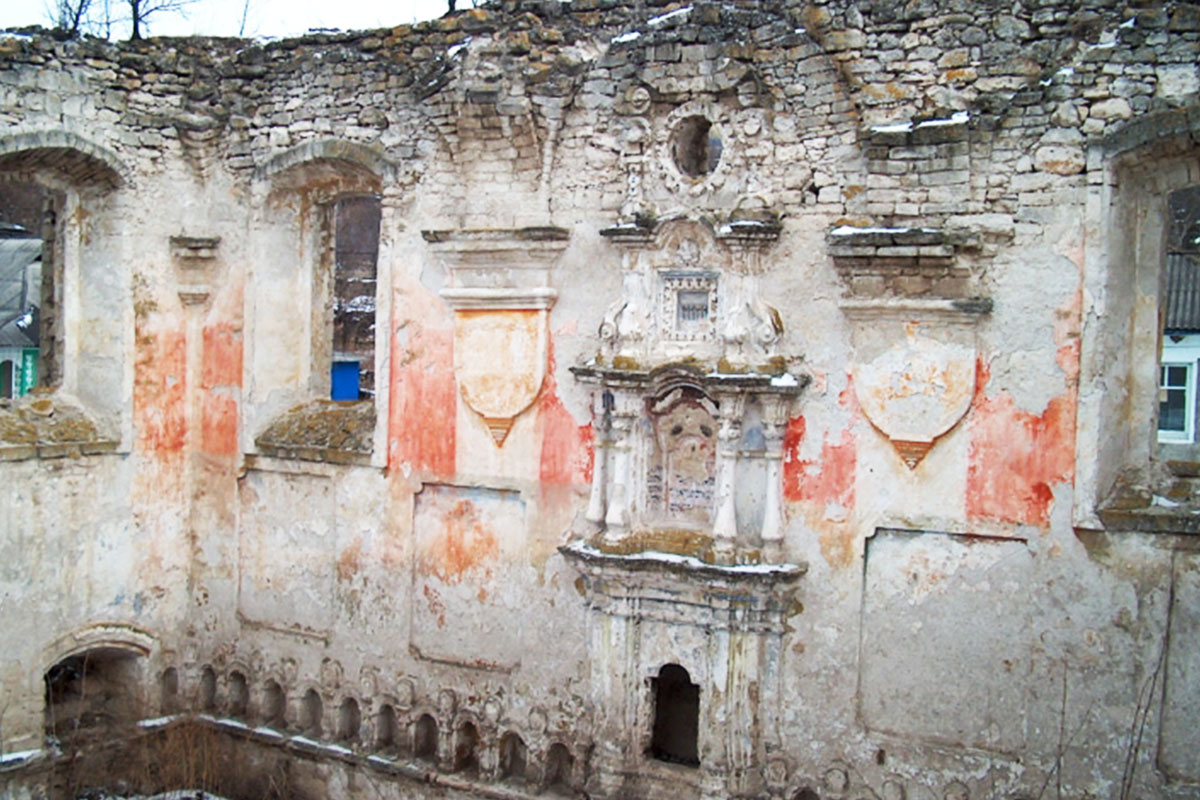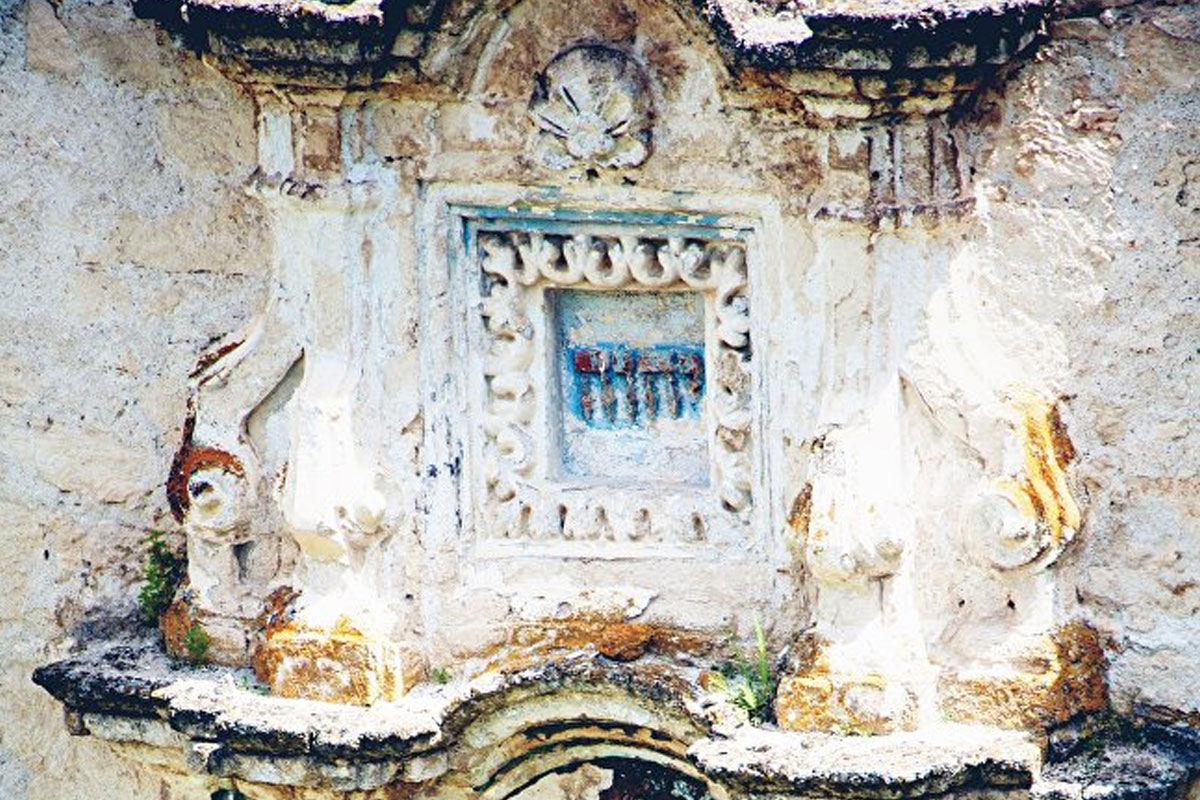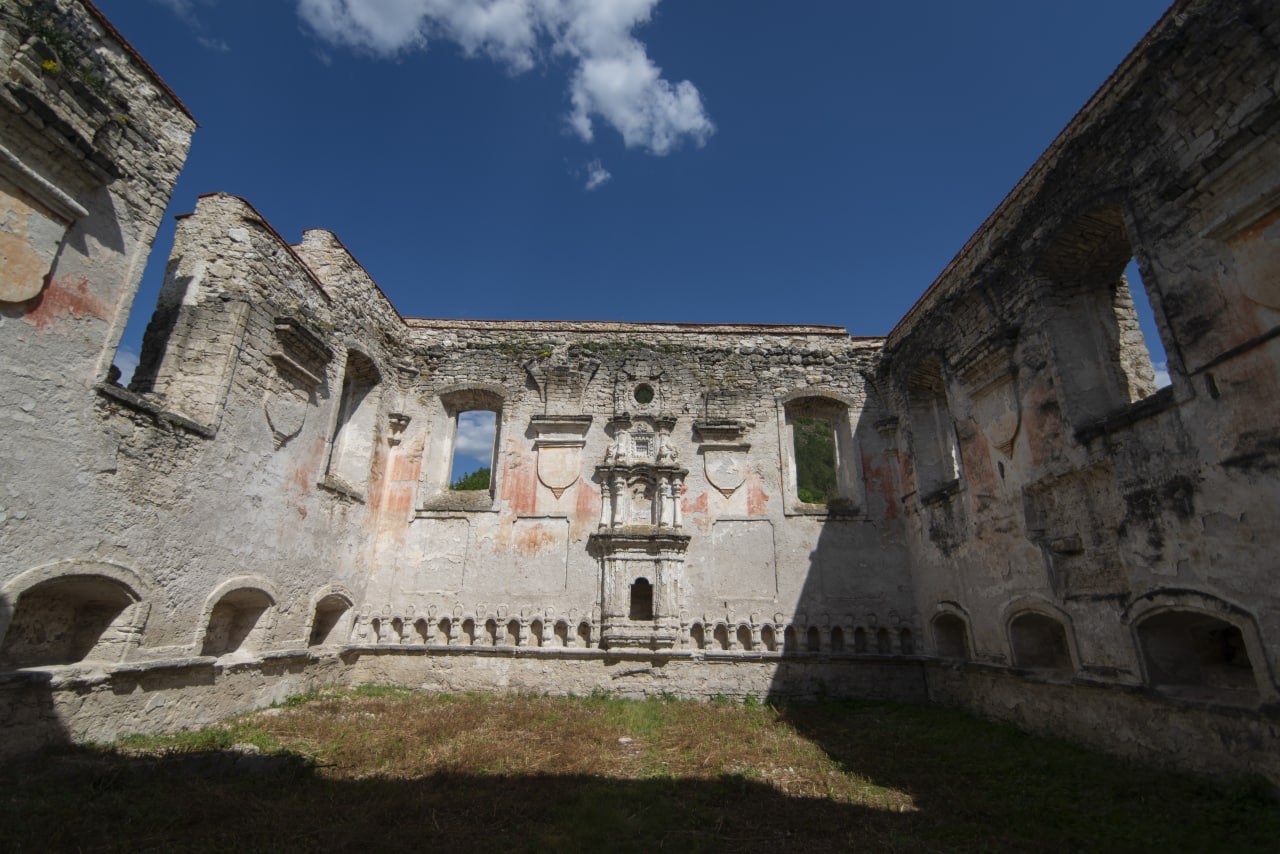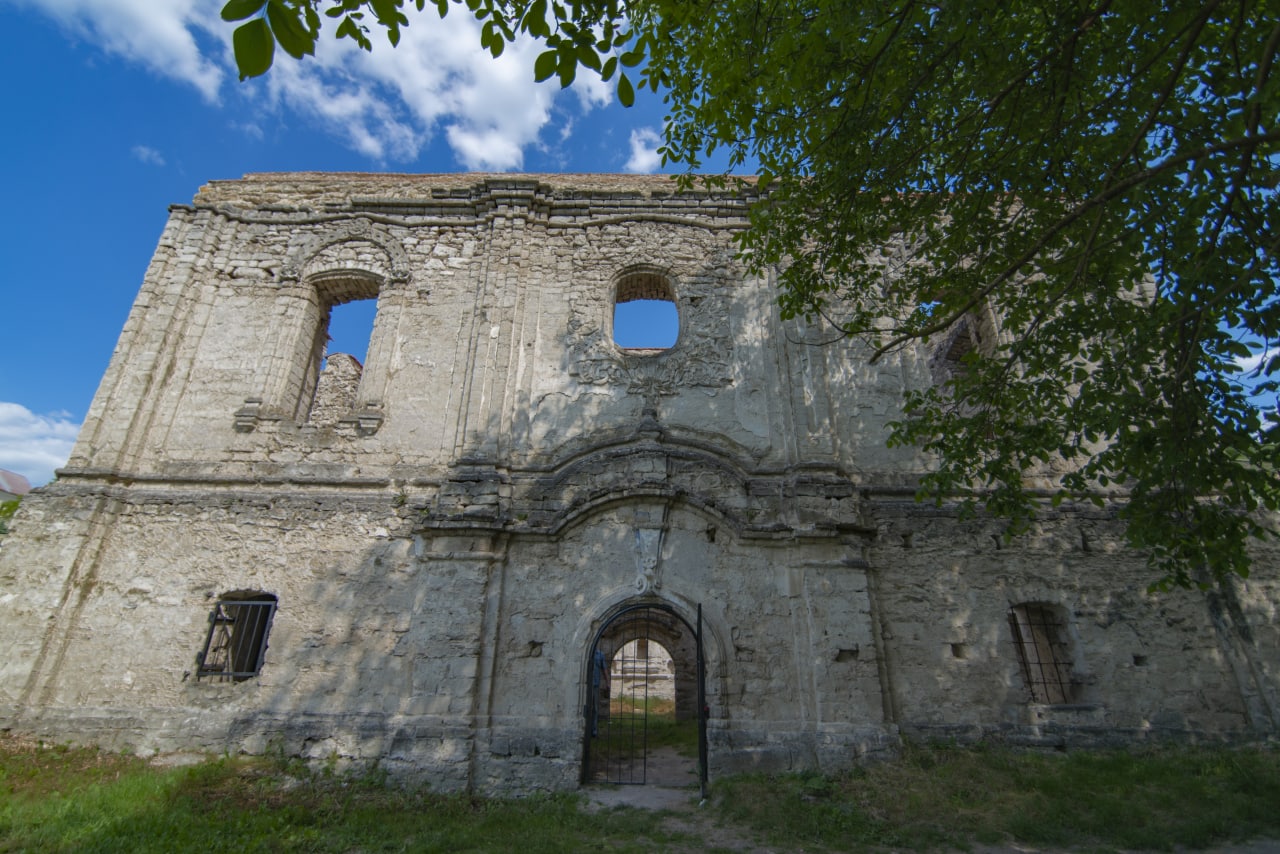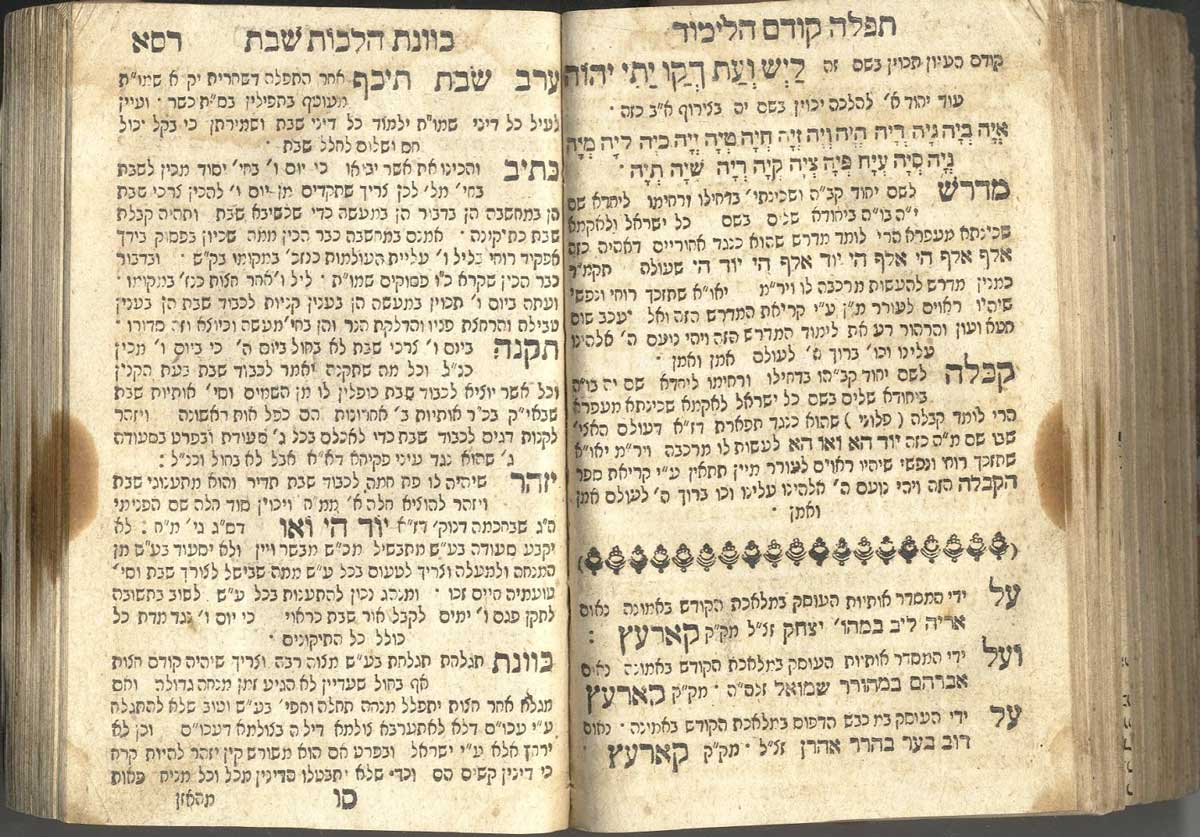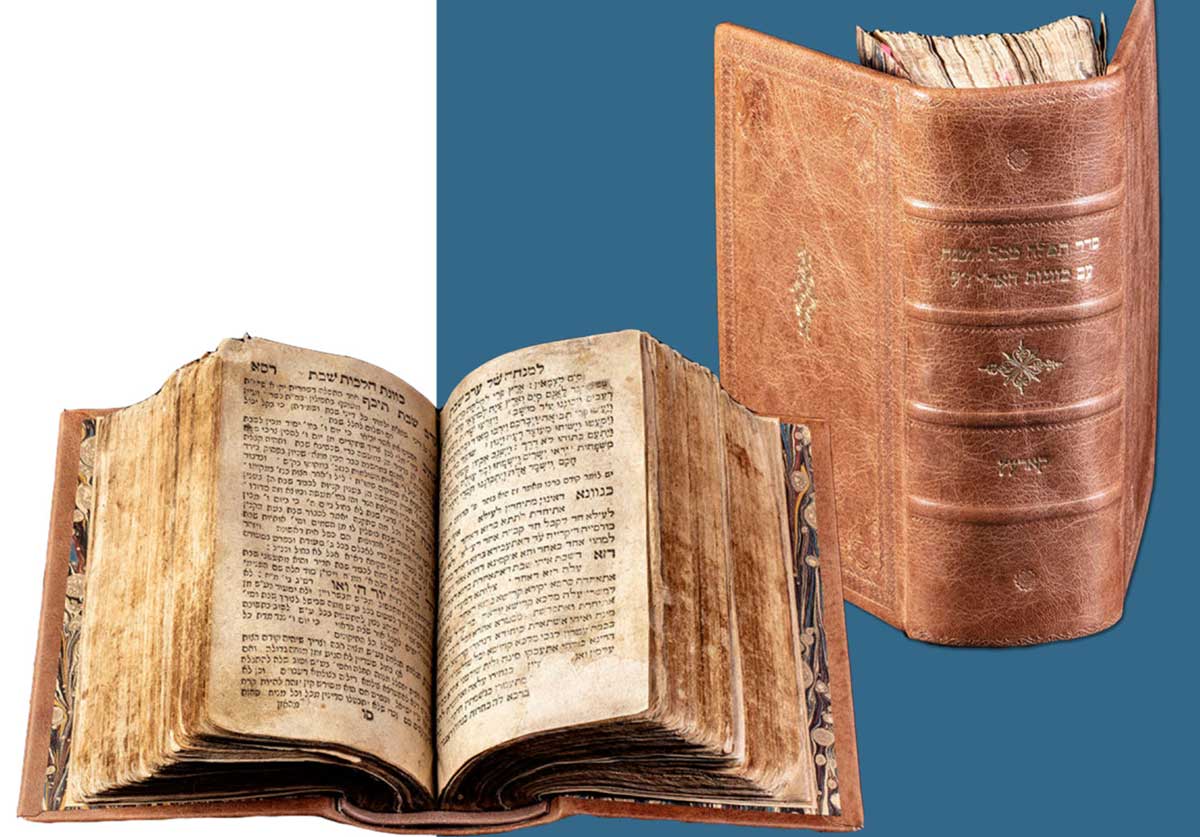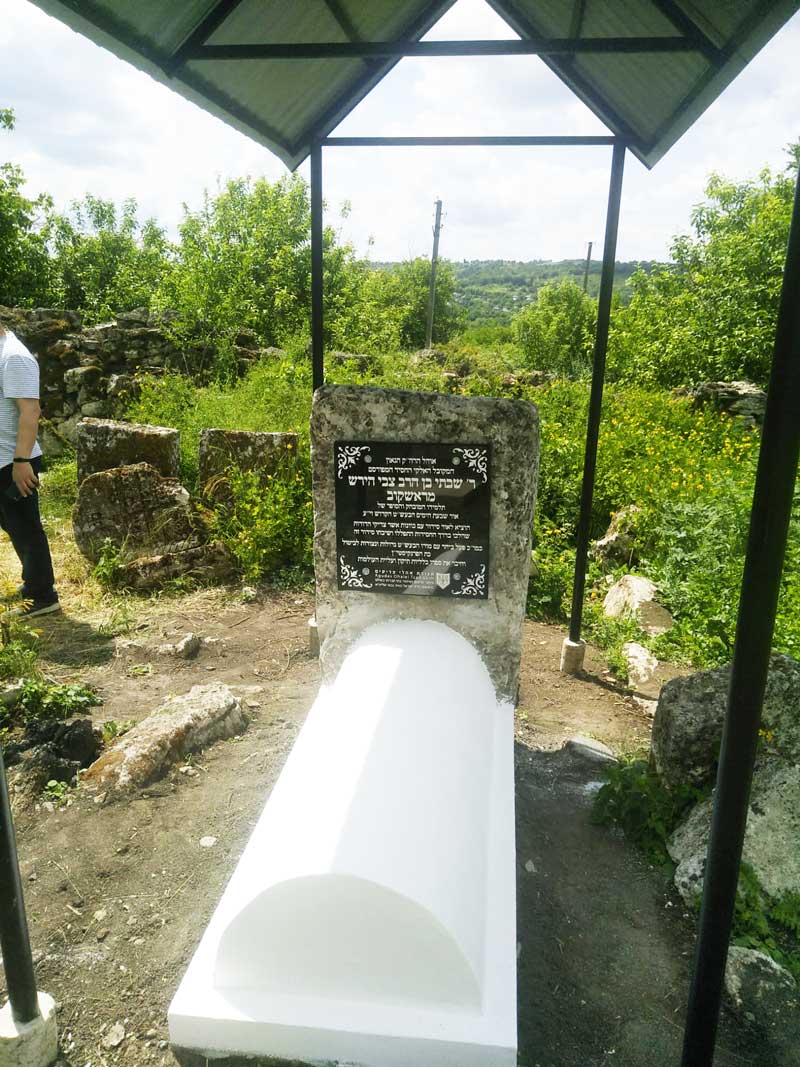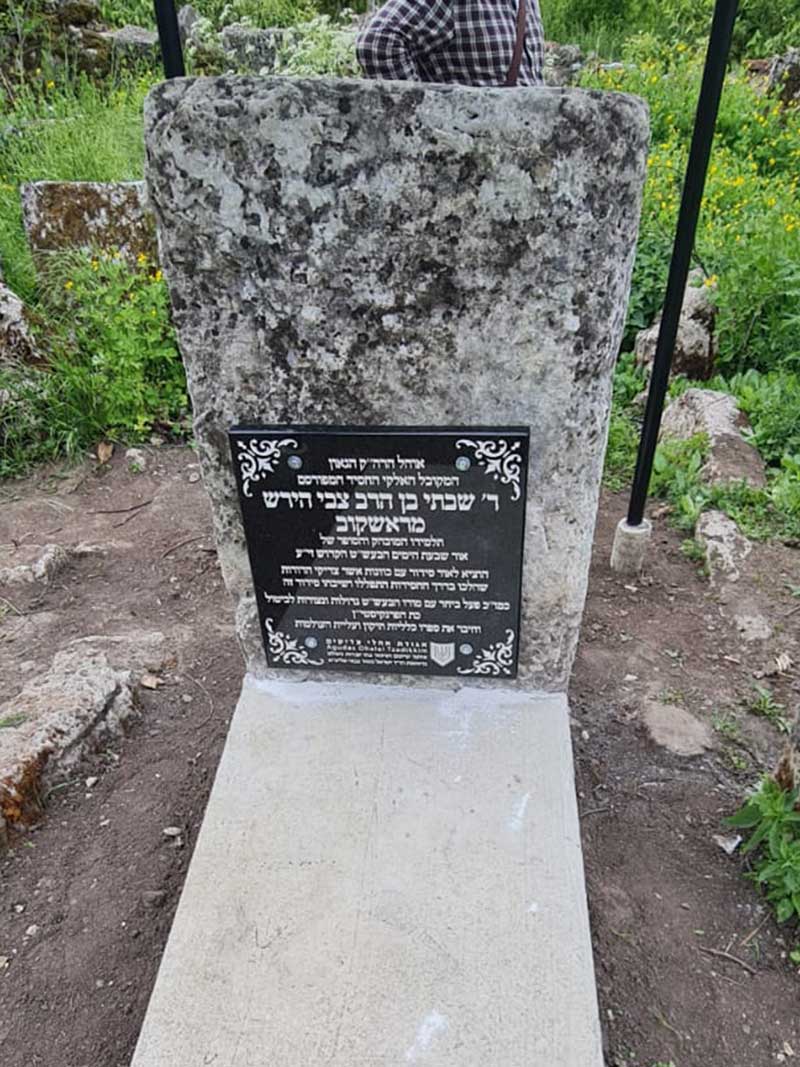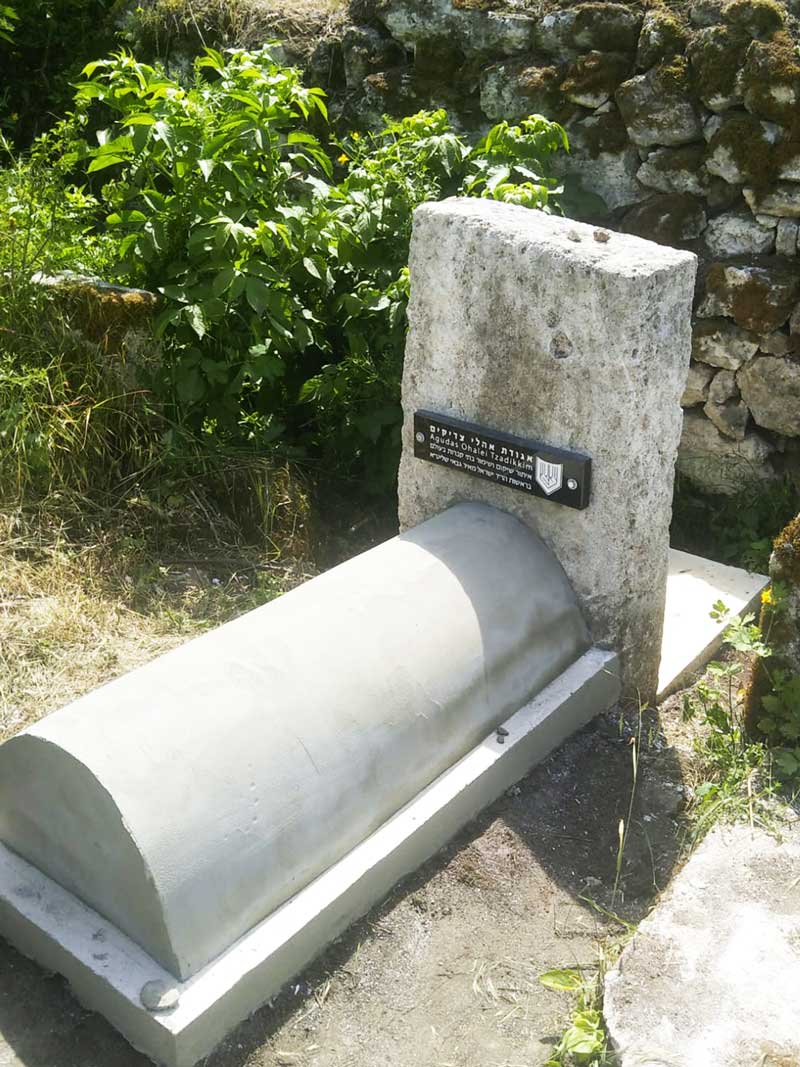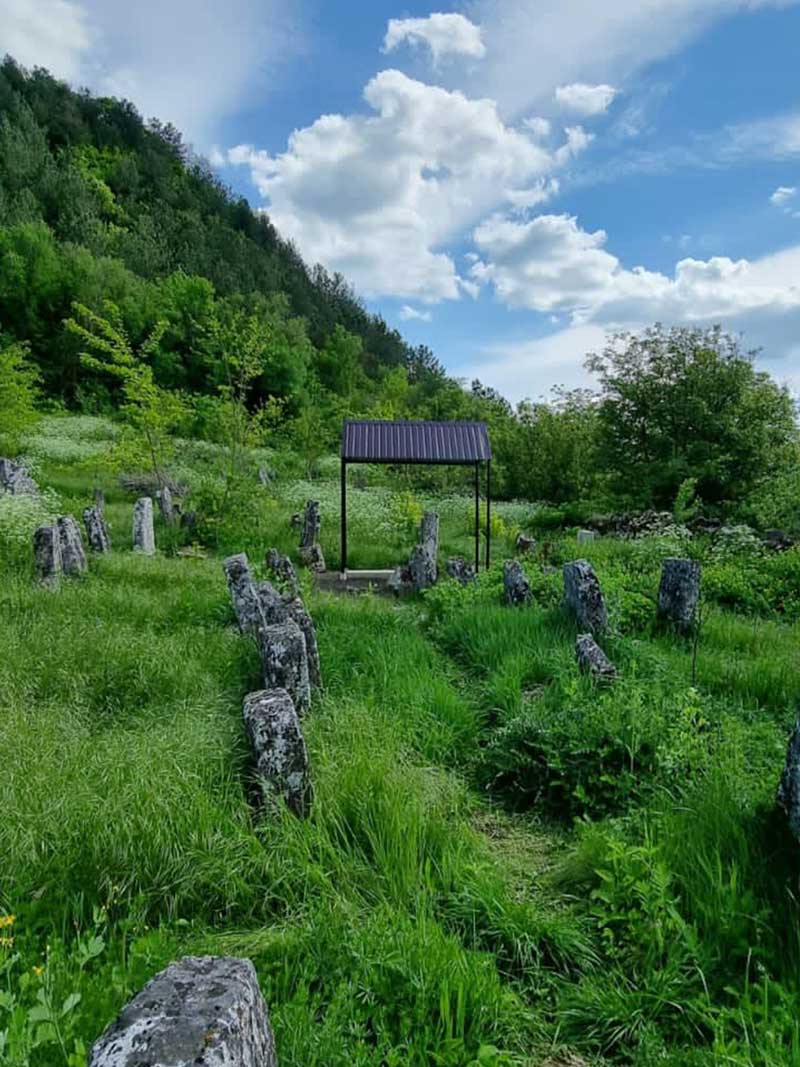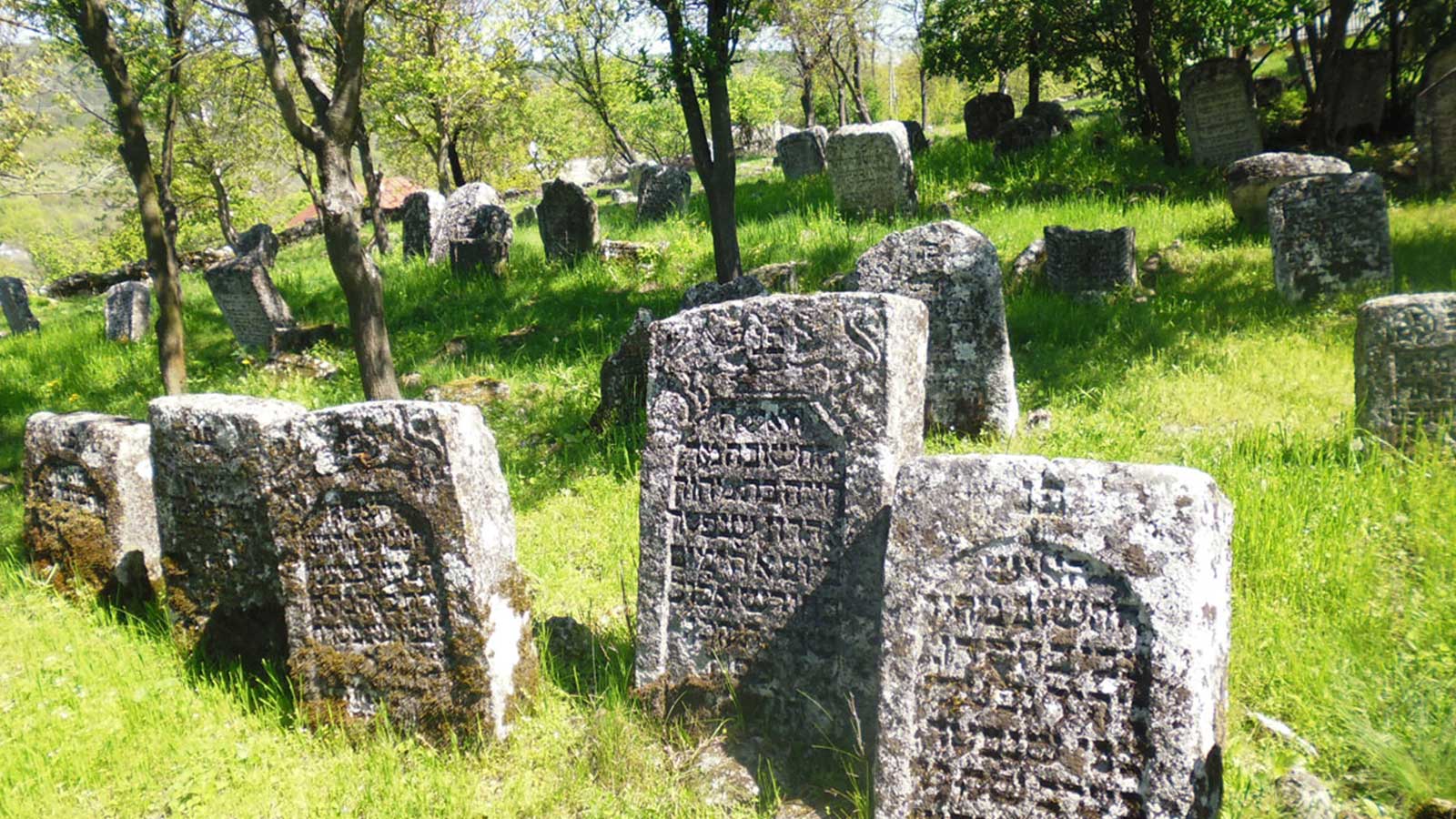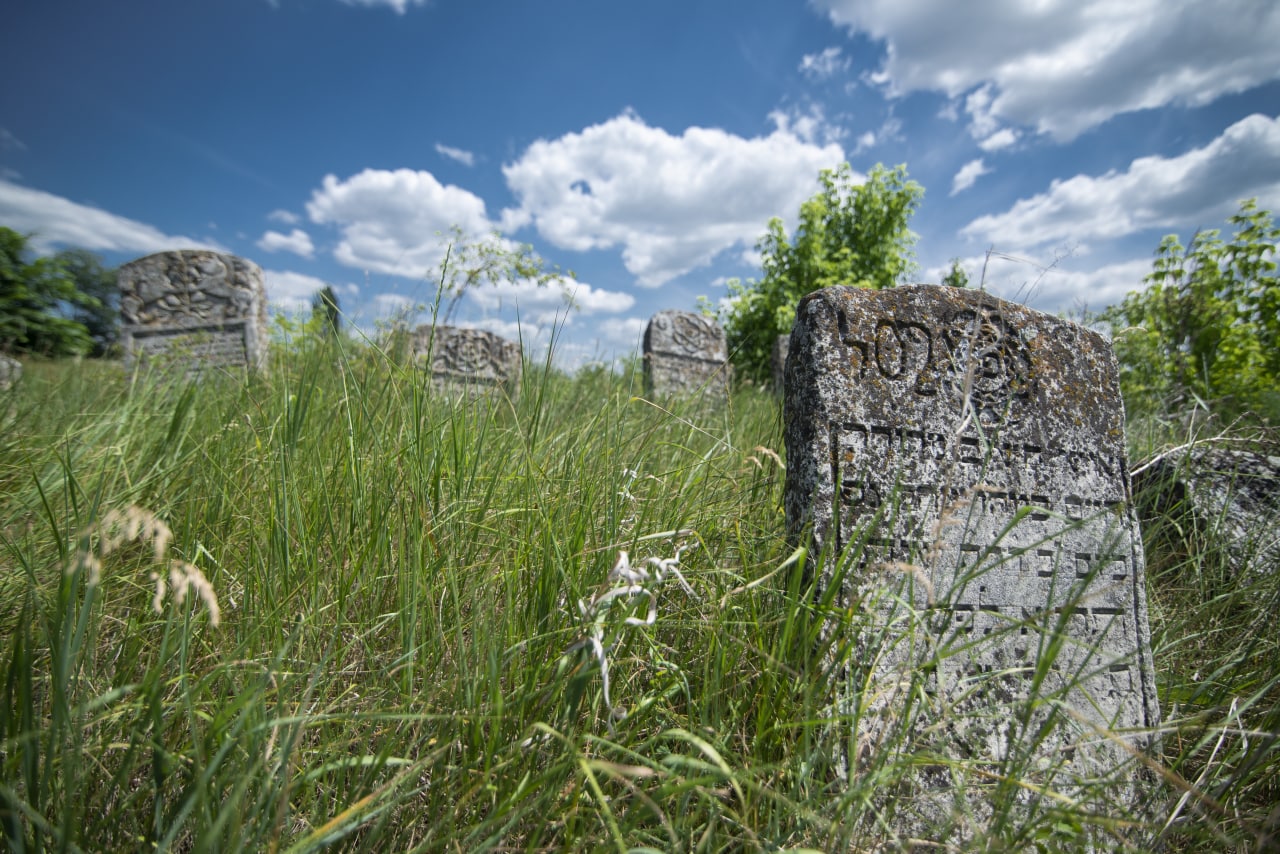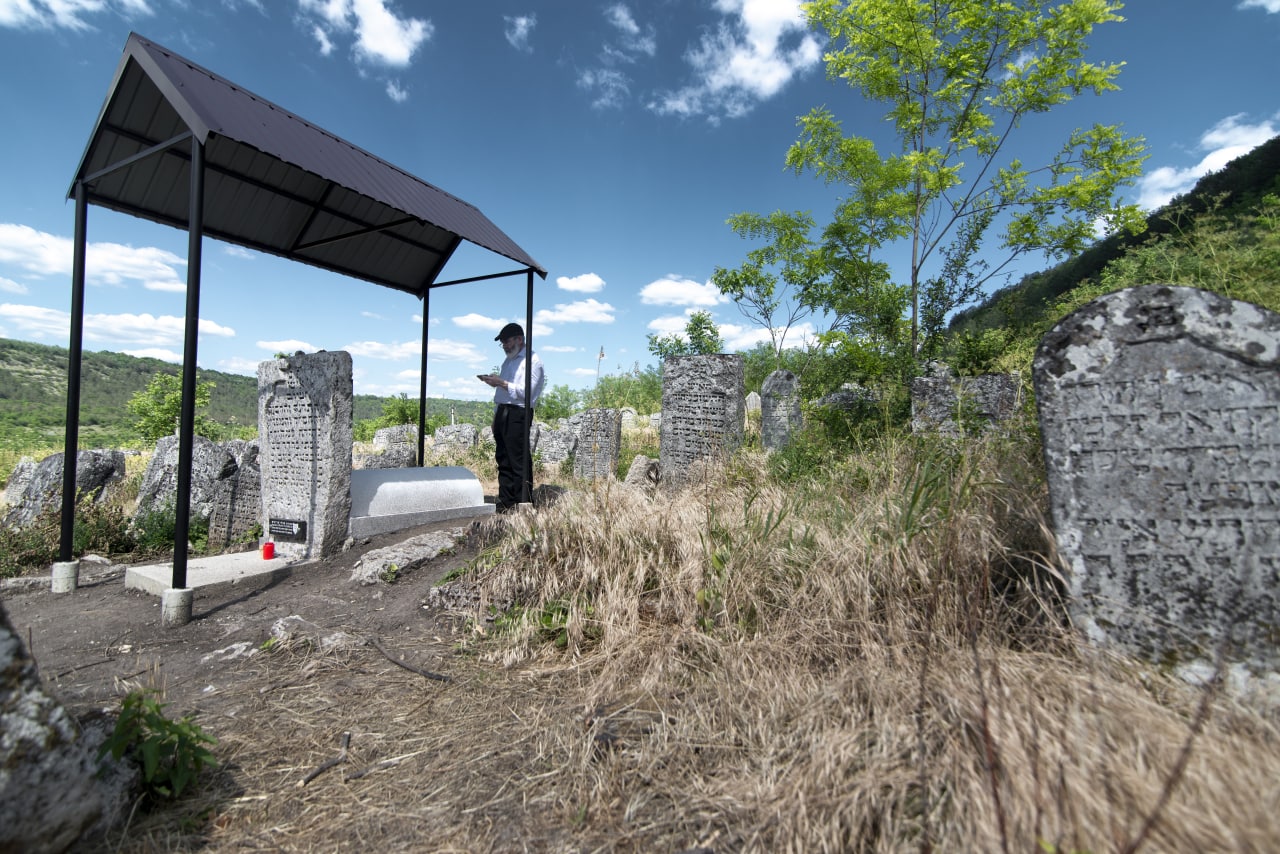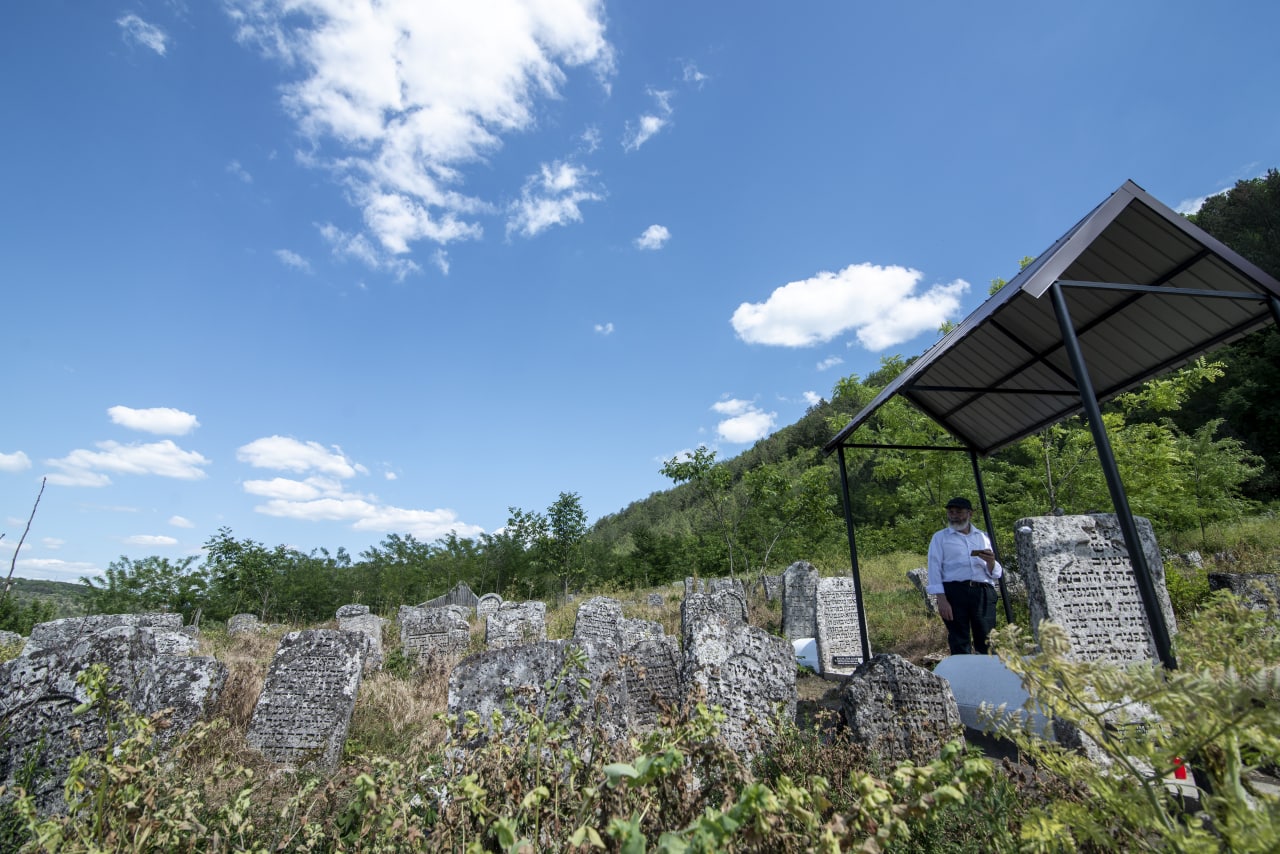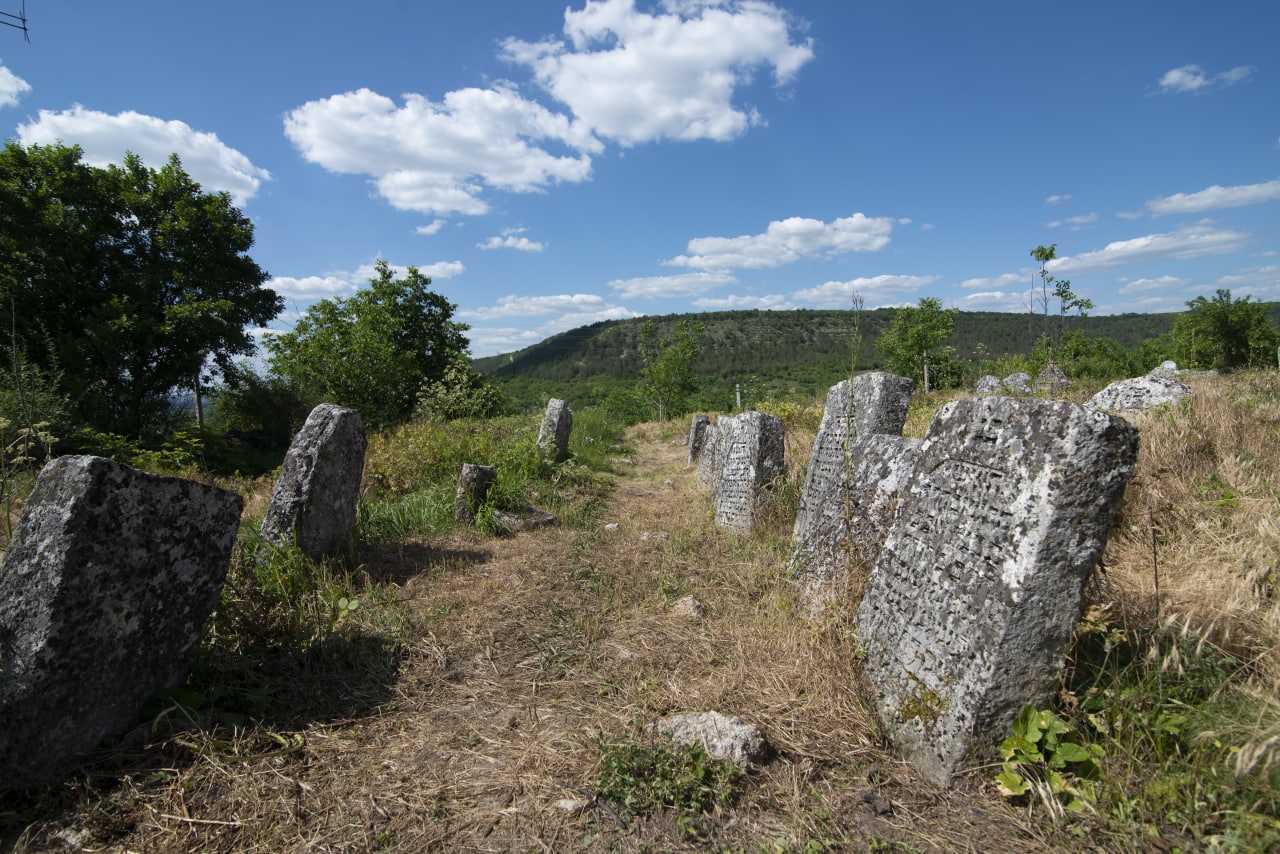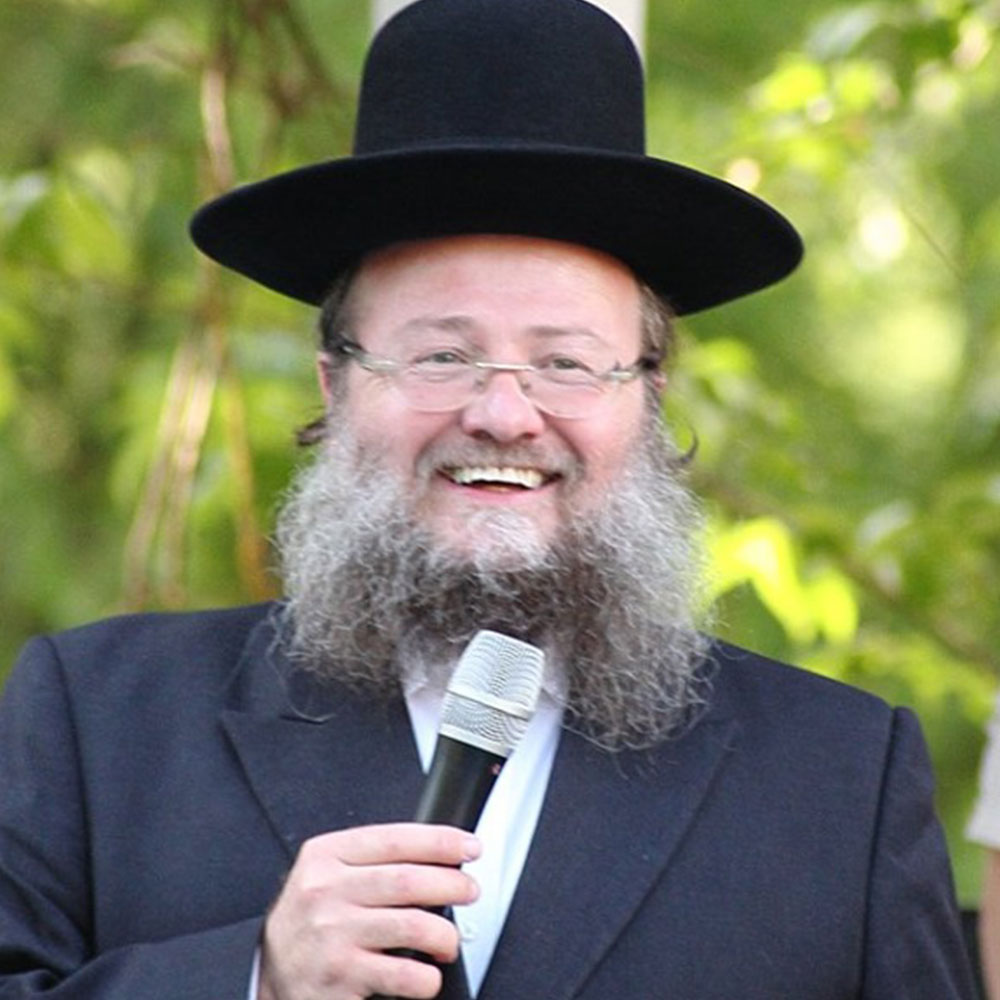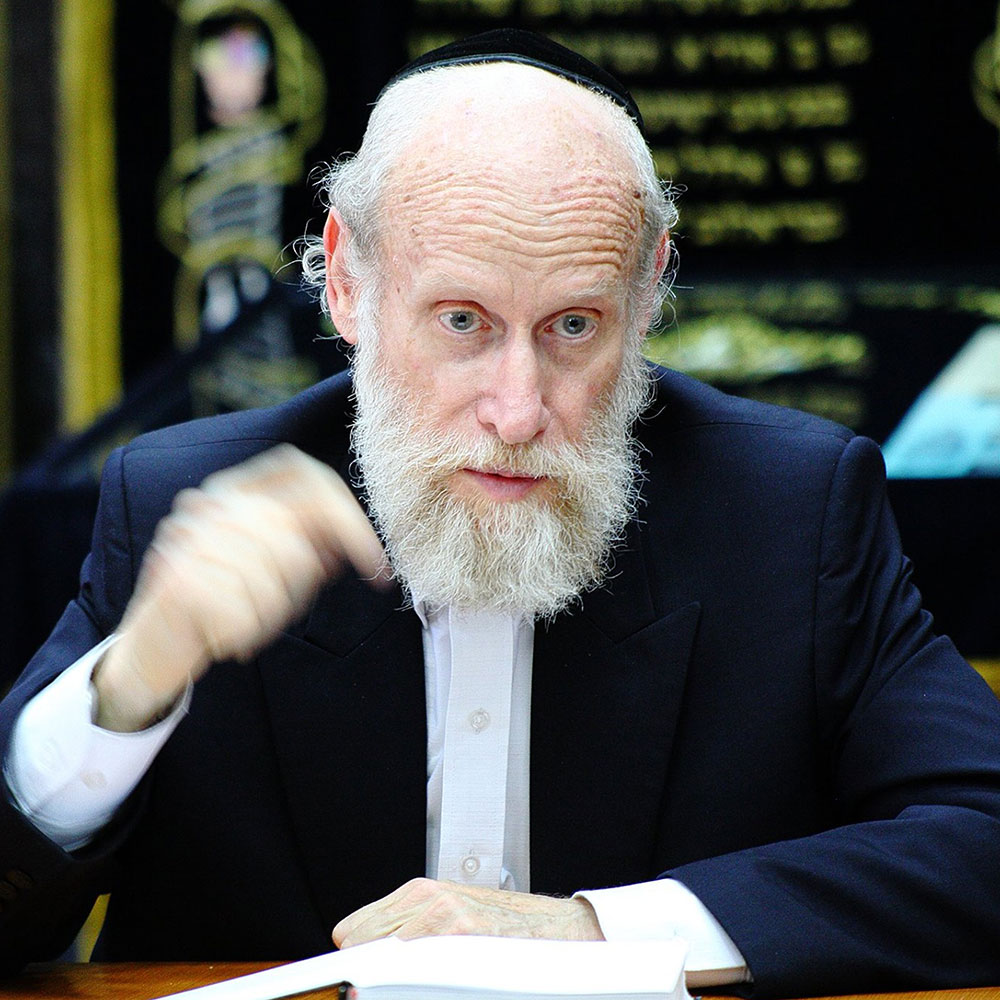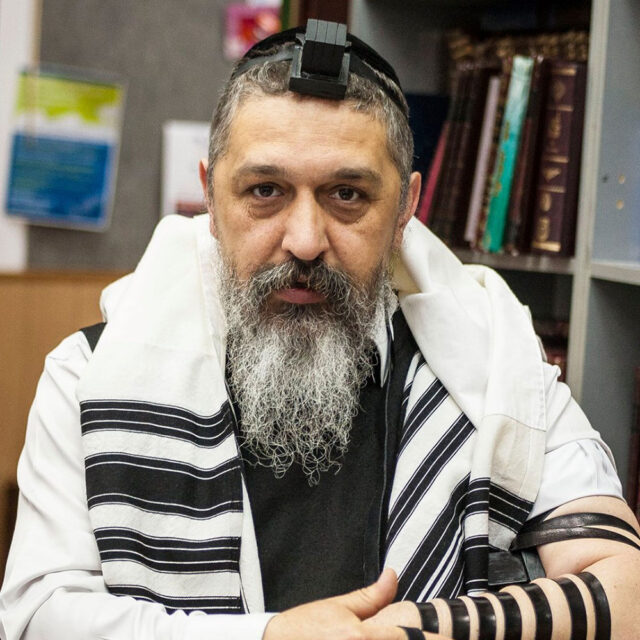Village of Rashkov
Rashkov is а special place in the Jewish history of our republic, where, for instance, back in 1914, more than 2,000 Jews lived, four synagogues operated, Jews owned a pharmacy, the only tannery in the town, a mill, lumberyards, an inn, 50 shops and stores. Both doctors in the settlement were Jews…
A place that captivates with its picturesque landscape, and the centuries-old connections and neighborhood of several cultures and traditions.
Today in Rashkov, in memory of the glorious times of Jewish history, cemeteries have been preserved, on one of which the famous r. Shabtai is buried, and the ruins of the largest synagogue on the territory of Moldova, the Rashkov Great Synagogue.
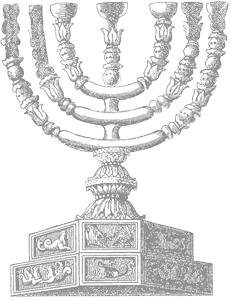
Great Synagogue
The Great Synagogue of Rashkov is the oldest surviving in the region. Built in 1749 with funds from the “box collection” – a special type of tax in the Jewish community. The synagogue is one of the 20 most beautiful temples of the 18th century preserved in Europe, it is a monumental architectural premises constructed in the Baroque style with Romano-Gothic elements and rococo decor. Each wall of the facade is unique in its structure and appearance.
The first rabbi of the synagogue was Rabbi Yaakov Yosef HaKohen, a disciple of the founder of Hasidism, Besht.
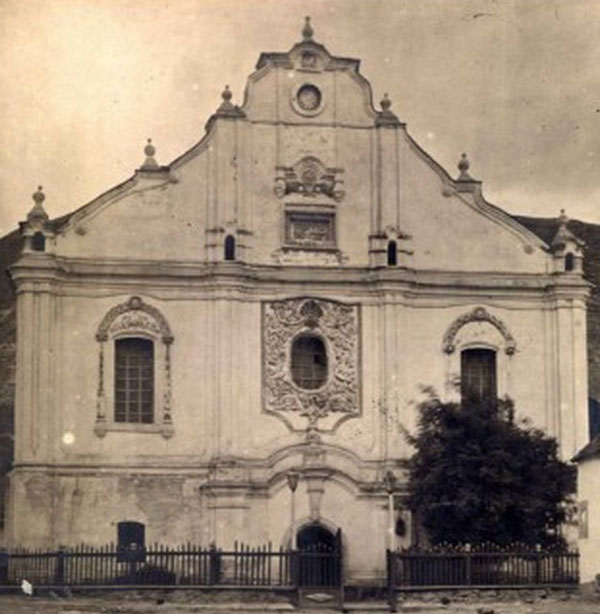
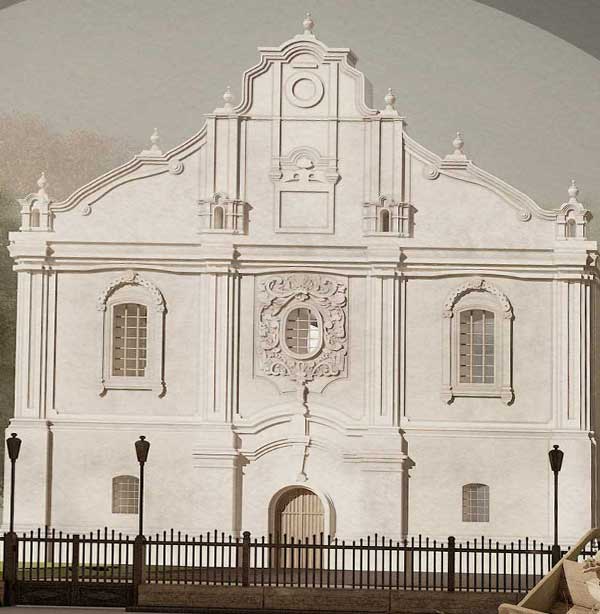
Before destruction during the Soviet anti-religious campaign in the early 1930s it served as the center of the spiritual life of the numerous local Jewish community.
At the moment, only stone walls and some elements of the internal parts of the building have been preserved.
Rabbis of Rashkov
In Rashkov, there were two powerful lines of Hasidism at once, the leaders of which ascended directly to Besht. On the one hand, it was one of his closest associates and students r. Shabtai, who founded the Rashkov dynasty at the beginning of the 18th century.
R. Shabtai ben Zvi-Hirsh (approximate years of life 1655-1745), one of the outstanding students of the founder of Hasidism, Besht, is the author of the famous prayer book written on the instructions of one of the greatest Kabbalists in the history Arizal, Rabbi Yitzhak Luria. Rabbi Shabtai’s prayer book has been used and is still used by the largest rabbis of the world. The dynasty was continued by his son r. Yosef, then the grandson r. Shlomo-Zalmina. In total, it lasted almost two and a half centuries until the Second World War.
Rabbi Shabtai established the custom to read the 27th Psalm of David daily in the month of repentance Elul before Rosh Hashanah accepted in many communities around the world.
The founder of another line is Rabbi Yaakov-Yosef HaKohen, the offspring of a noble Jewish family, a descendant of prominent rabbis and Kabbalists. Rabbi Yaakov Yosef from childhood showed exceptional abilities both in the study of the Talmud and in deep Kabbalistic research. Being at first an opponent of Hasidism, over time he became one of the most beloved students and followers of Besht.
He was a rabbi in Shargorod, Nemirov and Polonny, and from 1748 to 1752 in Rashkov. After Besht’s death, he ideologically led the movement together with Magid – R. Dov-Ber from Mezherich.
R. Yaakov-Yosef became the author of the first Hasidic book – “Toldot Yaakov-Yosef” and the founder of Hasidic literature in general. The works of Rabbi Yaakov-Yosef are recognized as the most authoritative and reliable source on Hasidism and are actively used today.
Son of R. Yaakov-Yosef r. Avraham Shimshon aKohen from Polonnoye was also a rabbi in Rashkov.
Identification in 2022 of the grave of r. Shabtai at one of the Jewish cemeteries of Rashkov became a fact of historical significance. The work was carried out directly on the initiative of the Chief Rabbi of Moldova, Pinchas Zaltsman. The sign of the Agudas Ohalei Tzadikim organization which for several decades has been authorizing and restoring the graves of famous rabbis and righteous people in the territory of the former USSR, Israel, Yemen, Syria and Turkey has already been installed here.
Undoubtedly, the grave of r. Shabtai will soon become the most visited place of worship in our region for hundreds and thousands of pilgrims, like the burial place of the rabbi Nachman in Uman. And in combination with the Great Synagogue, two cemeteries, dozens of former Jewish houses that have been preserved in the village and the spirit of the authentic Jewish shtettle of Rashkov, which has not yet completely departed, it is a particularly attractive place for everyone who wants to touch the spirit of history, holiness, mysticism and tradition.
Agudath Israel in Moldova, in close cooperation with the local administration, is working to attract guests to this significant place, preparing logistics and arranging infrastructure for their reception.
Your contribution will be a significant investment in the restoration of the outstanding Jewish historical and spiritual heritage of Rashkov, dating back more than 400 years.

